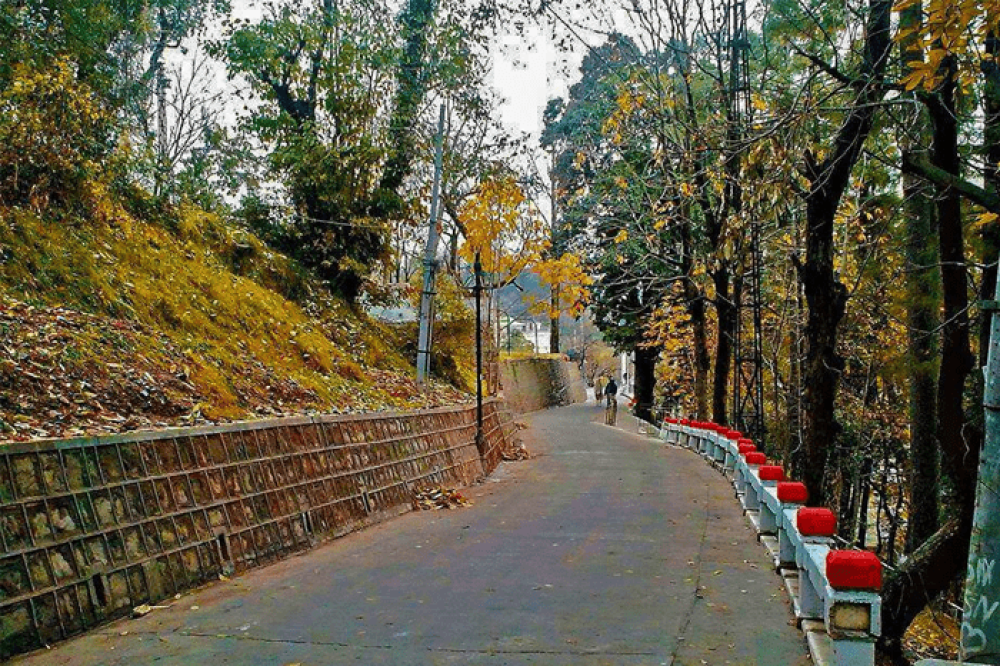

Murree, established during the British Raj in 1851, stands as one of Pakistan's most popular hill stations. It was founded as a resort for British troops and colonial officials to escape the summer heat of the plains. Over time, its popularity grew among travelers seeking respite in its cooler climates and picturesque landscapes.
Kashmir Point is one of the most sought-after spots in Murree. Offering panoramic views of the snow-capped mountains of Kashmir, tourists have flocked to this vantage point since the area’s early days as a hill station. Originally accessible mainly to the colonial elite, it has democratized over time, allowing people from all walks of life to enjoy its magnificent scenery.
With the advent of the automobile, Murree and Kashmir Point became much more accessible, leading to a boom in tourism. Infrastructure improved significantly with the construction of roads, rest houses, and later, modern hotels. To cater to the needs of increasing footfall, local markets also flourished, selling local handicrafts, traditional food, and souvenirs.
Kashmir Point encapsulates a shift in tourism trends from the colonial era to the present day. Initially, it attracted nature enthusiasts and colonial officers. However, as times have changed, domestic tourism has significantly increased with families, students, and adventure seekers visiting the area. The point has also seen a rise in honeymoon tourism, owing to its romantic ambiance.
Looking ahead, there's a strong push towards sustainable tourism to ensure that Kashmir Point remains a pristine natural haven for future generations. The Government of Pakistan is making concerted efforts to provide better facilities and infrastructure while maintaining the delicate balance between development and conservation.
In summary, Kashmir Point continues to be a testament to the enduring appeal of natural beauty and tranquility. Its journey from a colonial resort to a top destination in Pakistan for local and foreign tourists alike showcases not only its historical significance but also its potential for future growth in the tourism sector.